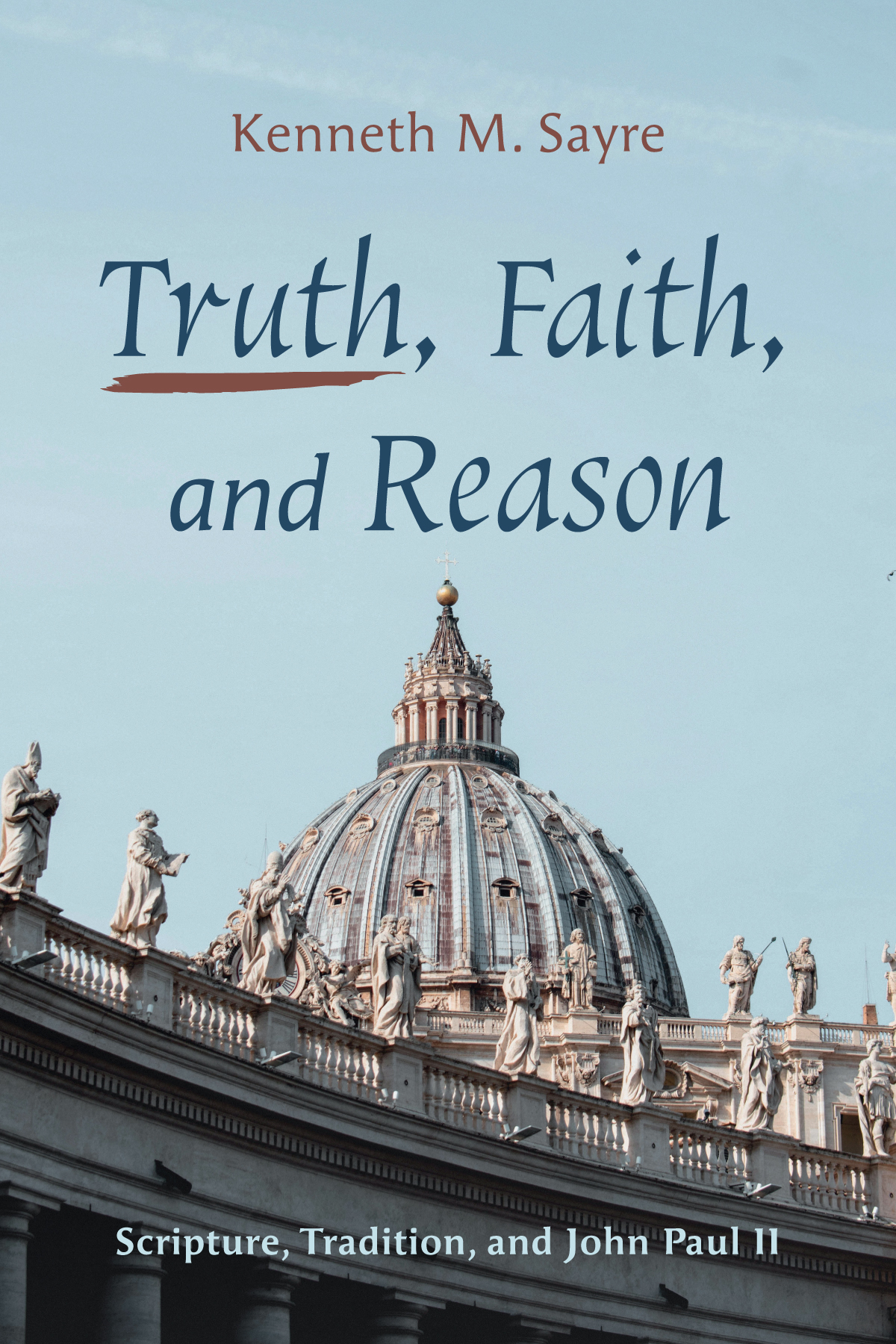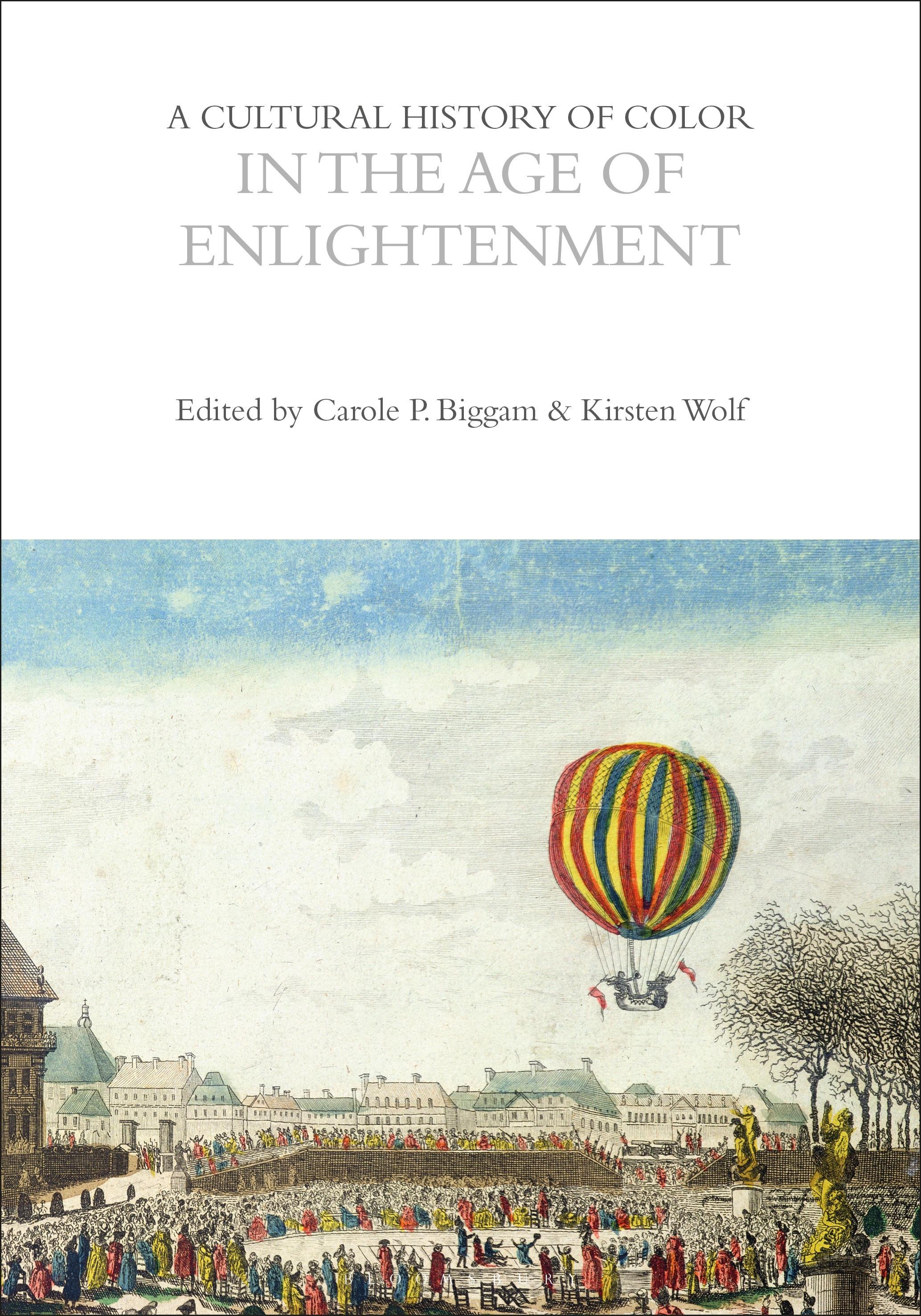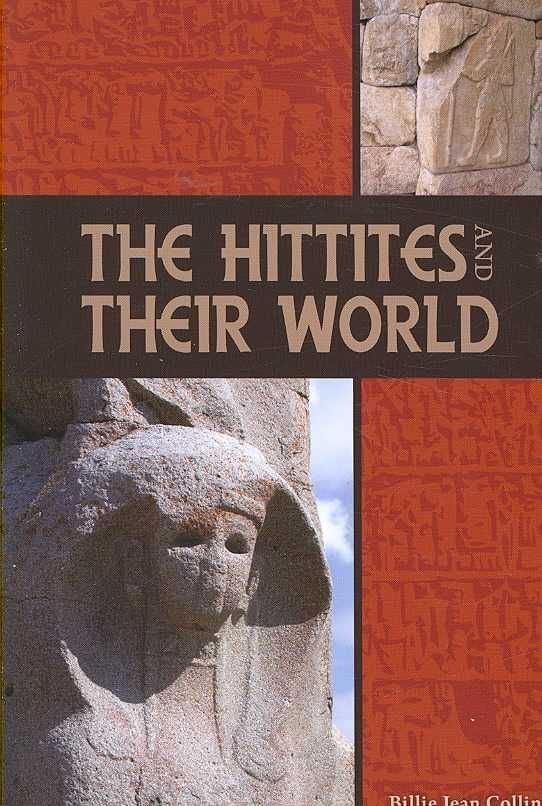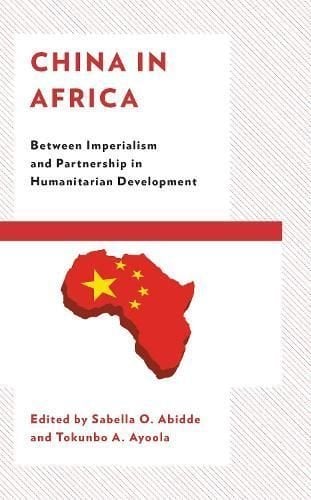John Paul II’s Faith and Reason was written against a background of Catholic scholarship focusing notably on the New Testament, St. Augustine’s Confessions, St. Thomas’s De Veritate, and the encyclicals of various pre-Vatican II popes. A detailed, textually based critique of these early sources reveals inconsistencies and conceptual errors that are shown to carry over into Faith and Reason. John Paul II’s treatment of reason, in particular, turns out to be aberrant to the point of incoherence. It is inconceivable how this reason could join with faith in a way that lifts the human spirit to a contemplation of truth, as stated in the Preface of the encyclical. There is another sense of reason, however, which demonstrably is capable of cooperating with faith to achieve this effect. This reason is free from the fetters of Neo-Scholasticism that keep John Paul II’s reason grounded. The present study joins forces with the encyclical with a detailed example of this other sense of reason in action. In this example, new truths come to light regarding the complex relation between the first and the second great commandments.












